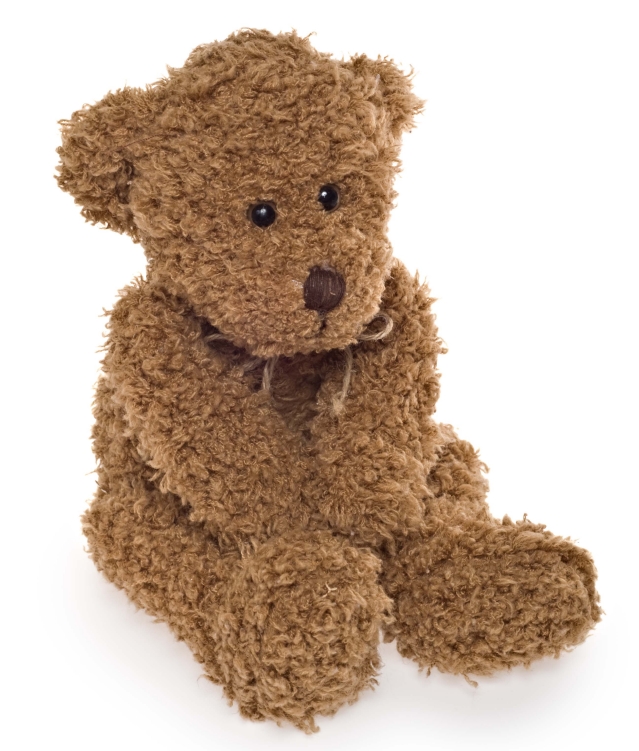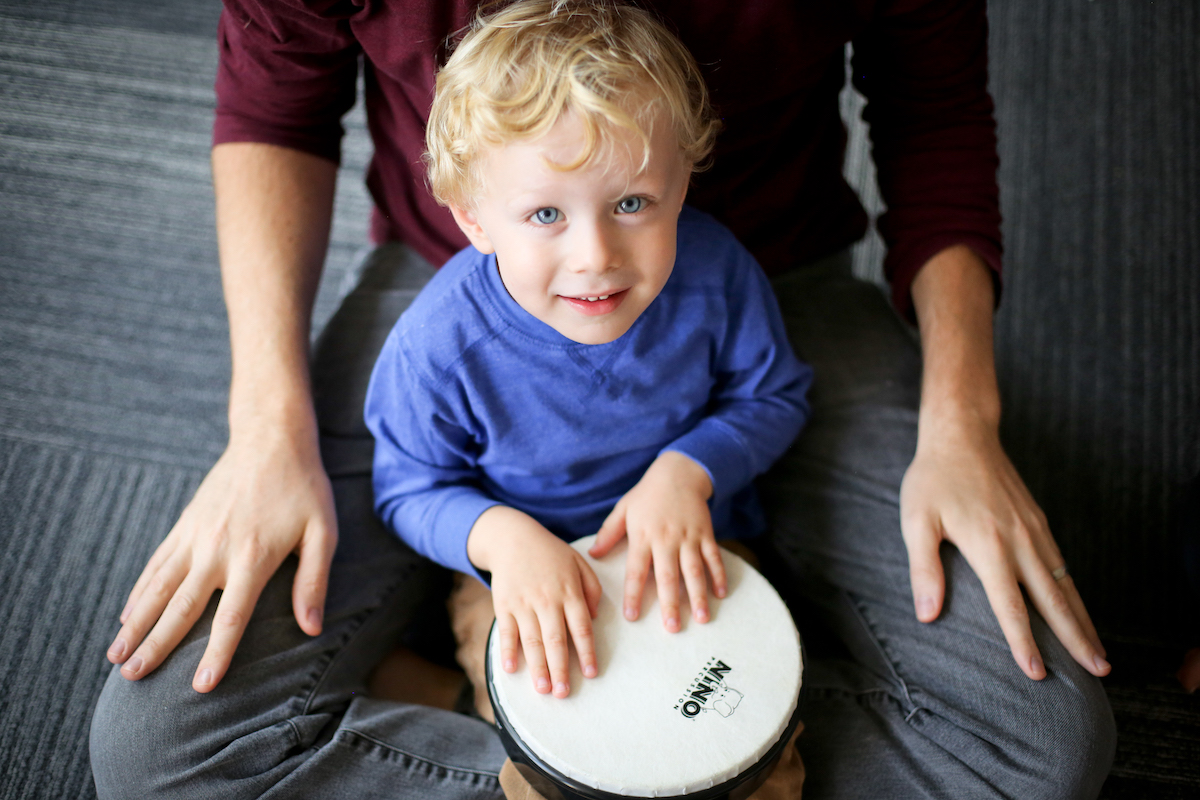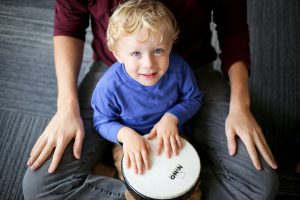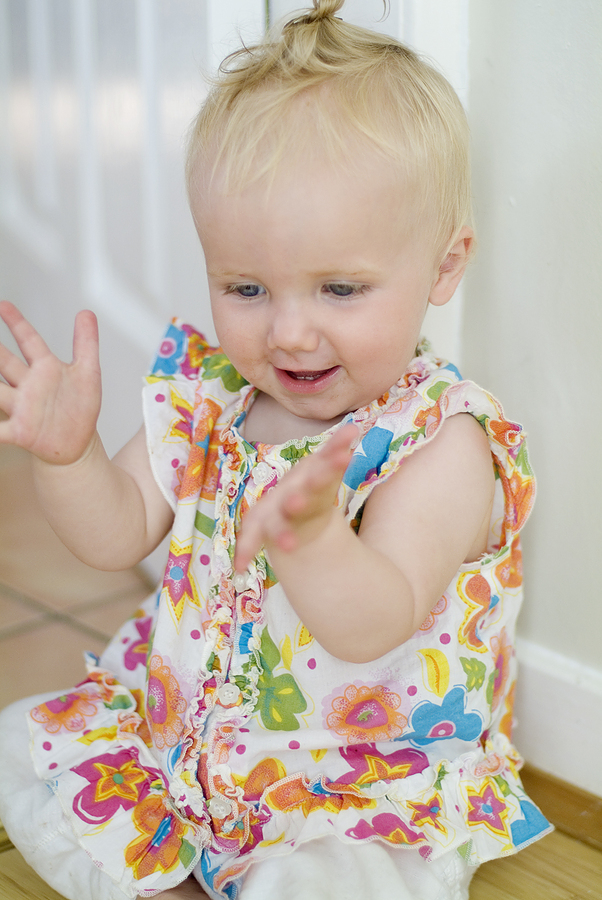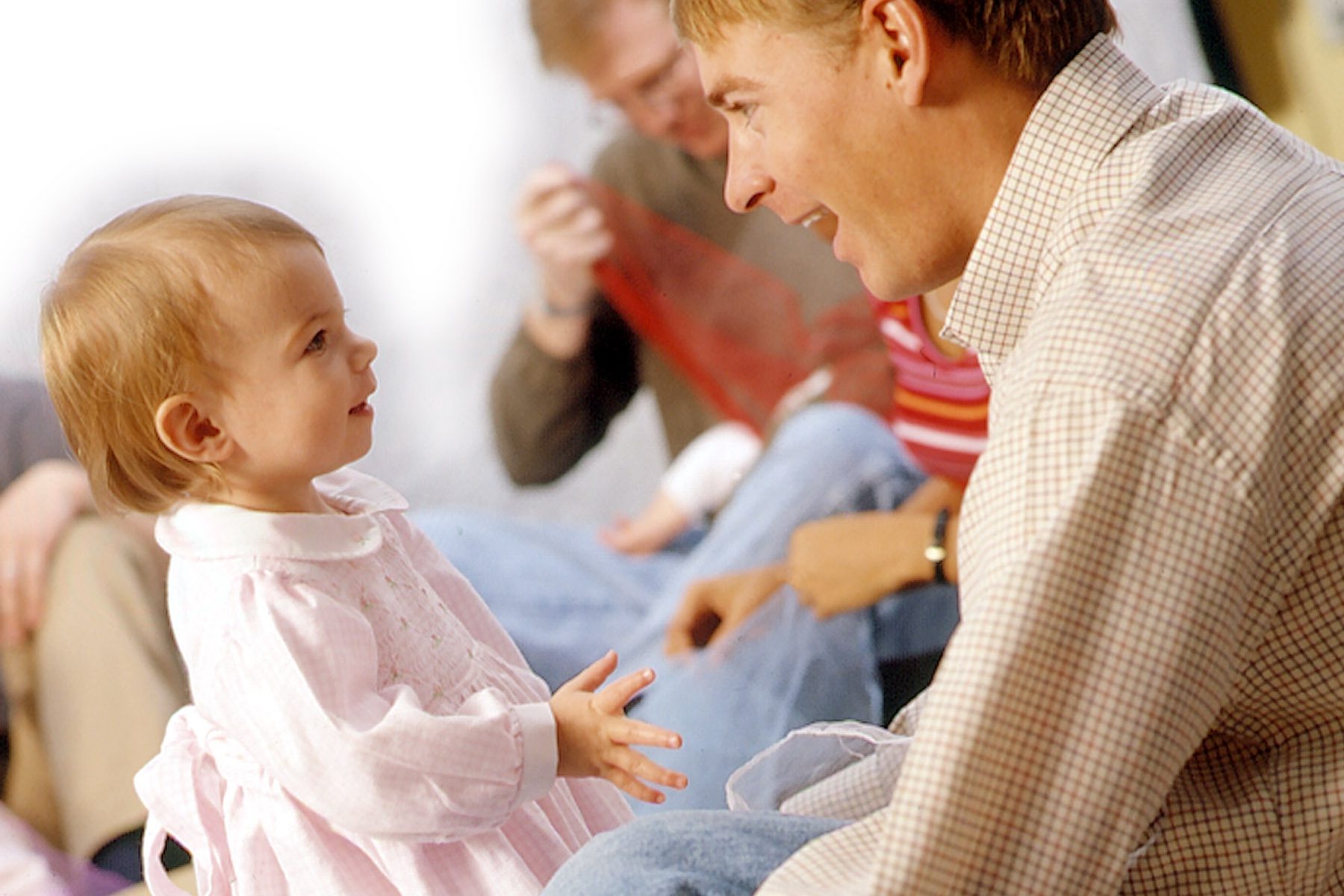This post was generously shared from the Studio3Music blog.
I am a teacher by profession, and a home schooling mom by trade. (Or is it the other way around?) In any case, I spend most of my waking hours teaching somebody something. If you are a parent, your “other job” is being a teacher, too.
Your child’s job? (I’m talking about children newborn to 7 specifically, here.) Your child’s job is to play. Play IS work for a child’s brain. The brain is designed for the first seven years of life to simply organize things. And organizing play is how the brain does just that. I don’t mean organized play. Organized play is something that adults do to children. Telling them how and what to play.
So why are their rooms so messy? Well, it’s not THAT kind of organization either. The brain’s job is to organize all the sensory input it is receiving. Done well, and your child will be a happy and eager learner when they enter elementary school.
Way back in 1949, N.A. Alessandrini defined play as, “A child’s way of learning and an outlet for his innate need of activity. It is his business or career. In it he engages himself with the same attitude and energy that we engage ourselves in our regular work. For each child it is a serious undertaking not to be confused with diversion or idle use of time. Play is not folly. It is purposeful activity.”
This is still true today. The “occupation” of play for a child serves as a foundation for the development of future occupations (the kind they earn money for!) when your child grows up.
Now for your job… As teachers of our children, what can we do that allows them to organize their play? By providing them with open ended toys like blocks, cars, dress-up clothes, art supplies, dolls (for boys, too!) legos, a sand box or water table, kid-friendly pans, utensils and pretend food.
Do sit down and play alongside your child. As well, give them room to play as they wish. Remember, there really is no wrong way to play with a toy. (I don’t consider breaking toys or eating sand playing.) Your child will play with the toys the way the brain needs to in order to organize itself.
Case in point. Science in the shower. We have an accumulation of foamie shapes left over from various craft projects. Big and little animals, cars, etc. A couple of months ago, I took a big handful of them and gave them to my 4 year old Natalie in the shower. The only thing I had to do was demonstrate that they “stuck” to the wall when wet. And then I stepped back and observed her.
It’s been months now, and they are still in the shower. She doesn’t want to take a bath because she wants to still play with those foamie pieces. What have I observed? Natalie organized her own play. Literally – Everytime I go to take a shower, all those animals will be arranged in a different pattern. Sometimes by color, by habitat, by size. That’s science in the shower.
And then I get to see the outward manifestation of the internal organization that is going on. Because sometimes, Natalie takes two of the animals, and one is “bad”, and one is “good”, or one won’t let the other play with it, so she practices making friends, and works through social situations that are typical at this age.
You see, her brain knows what it needs. Your child’s does, too. We just have to provide the “tools” and the space to allow that to happen.
Special thanks to Studio 3 Music for allowing us to share this great post from the Studio 3 Music blog. Studio 3 Music in Seattle, Washington, the world’s largest Kindermusik program.
 Is there such a thing as impolite Teddy Bear? No! This lovable toy provides a sense of comfort to every child — and every parent who was once a child. In this unit, Teddy Bear will help children learn polite greeting rituals, label different colors and clothes when he gets dressed for school, and he’ll help young children develop gross motor skills and learn to follow directions through simple games such as throwing and catching a ball. All while being huggably polite.
Is there such a thing as impolite Teddy Bear? No! This lovable toy provides a sense of comfort to every child — and every parent who was once a child. In this unit, Teddy Bear will help children learn polite greeting rituals, label different colors and clothes when he gets dressed for school, and he’ll help young children develop gross motor skills and learn to follow directions through simple games such as throwing and catching a ball. All while being huggably polite.
